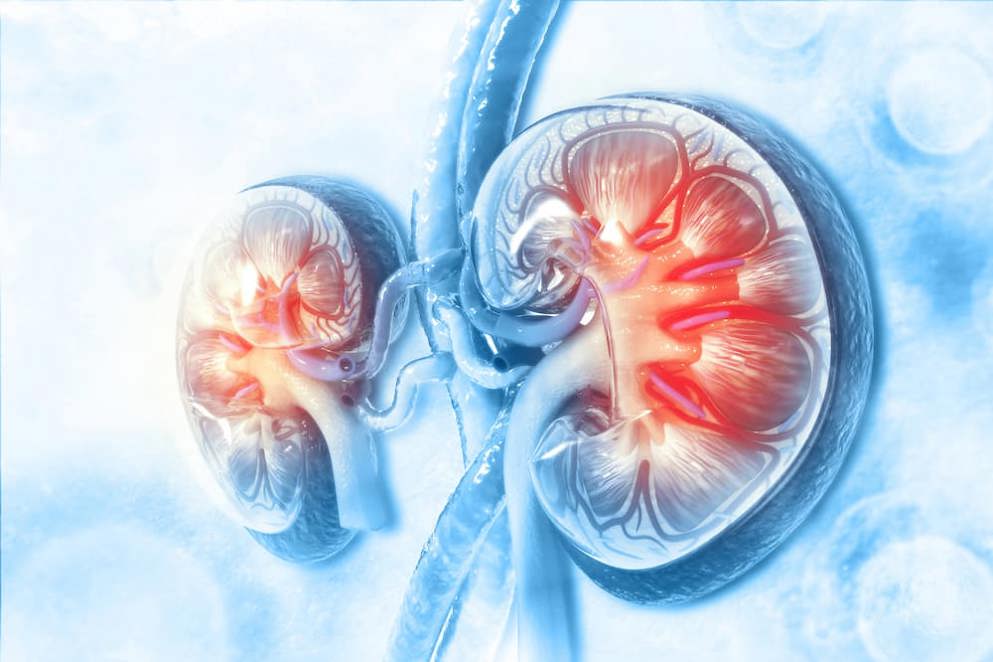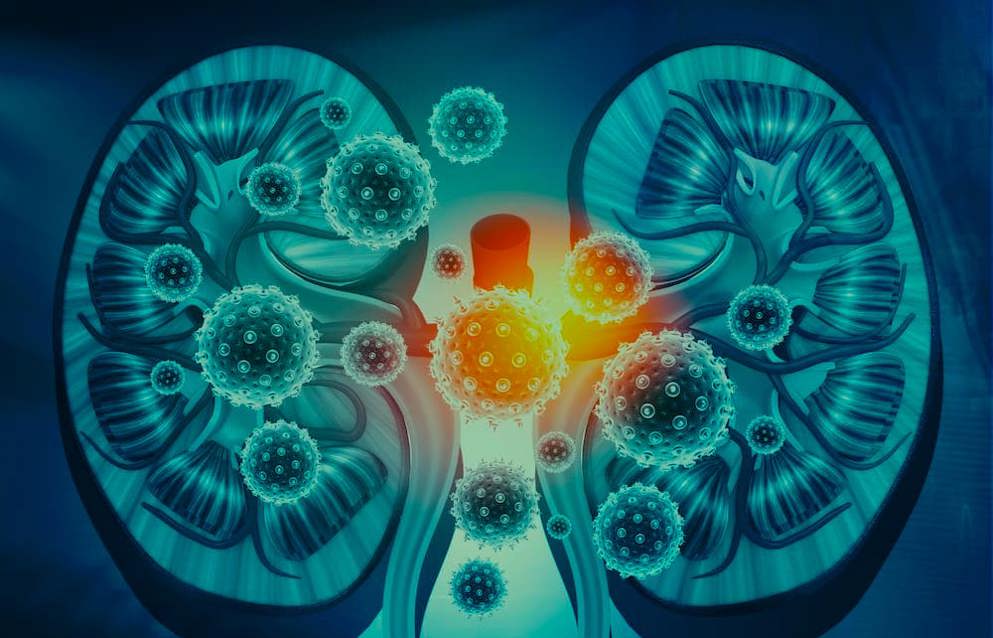Update on Lupus Nephritis: Looking for a New Vision
Update on Lupus Nephritis: Looking for a New Vision
Lupus nephritis (LN) is one of the most common manifestations of systemic lupus erythematosus (SLE), affecting approximately 40% of patients with lupus. It represents a major risk factor for morbidity and mortality, and 10% of patients with LN will develop end-stage kidney disease (ESKD). Therefore, there are a number of areas for improvement in the field of LN such as the search for new clinical biomarkers with a more accurate correlation with lupus activity and the redefinition of the histological classification into different subgroups in order to guide a personalized treatment. Although the role of protocol repeat kidney biopsies in LN is controversial, recent publications suggest that repeat histological assessment can be useful in guiding therapeutic decisions that may yield toward precision medicine. In the last decade, LN therapy has remained largely unchanged, with a probability of achieving complete or partial remission not exceeding 60-70%. Thus, optimization of old treatment strategies and search for new agents are urgently needed in order to improve outcomes such as mortality or development of ESKD. Future trials should focus in addressing unanswered issues such as the appropriate dose and duration of immunosuppressive treatment, timing of steroid withdrawal, and drug toxicity. In addition, data are still lacking regarding pregnancy and kidney transplantation in LN and knowledge about these important areas is essential for the management of a subset of patients with SLE. In summary, several major gaps are still present in the therapeutic approach and follow-up of patients with LN. The development of new clinical trial designs will be crucial in the search to improve long-term outcomes.
Read abstract on library site Access full article




